Ganggangsullae Sillim Branch (강강술래 신림동)
11.2Km 2021-03-26
1660, Nambusunhwan-ro, Gwanak-gu, Seoul
+82-2-886-9233
It is a place where family gatherings and group dining are available. This Korean dishes restaurant is located in Gwanak-gu, Seoul. The most famous menu is marinated grilled ribs.
Yeolbin (열빈)
11.2Km 2021-03-29
78, Gukjegeumyung-ro, Yeongdeungpo-gu, Seoul
+82-2-783-3838
Operating since 1978, this store boasts of a large space. The best menu at this restaurant is noodles with minced meat in black bean sauce. This Chinese (cuisine) restaurant is located in Yeongdeungpo-gu, Seoul.
OKIN PIZZA (옥인피자)
11.2Km 2021-03-19
26, Ogin-gil, Jongno-gu, Seoul
+82-2-737-9944
This is a Western cuisine located in Jongno, Seoul. The best menu at this restaurant is pizza. You can eat delicious pizza at hanok, a Korean traditional house.
Raintree (레인트리)
11.2Km 2021-03-29
24, Ewhayeodae 2ga-gil, Seodaemun-gu, Seoul
+82-2-6406-2172
It is a café with a comfortable, cozy atmosphere. This cafe is located in Seodaemun-gu, Seoul. The most famous menu is pancakes.
Tombeau royal Jeongneung [Patrimoine Mondial de l'UNESCO] (서울 정릉)
11.3Km 2020-12-02
116, Arirang-ro 19-gil, Seongbuk-gu, Seoul-si
+82-2-914-5133
Le tombeau royal Jeongneung est la dernière demeure de la Reine consort Sindeok, la seconde épouse du Roi Taejo (1392-1398), fondateur de la Dynastie Joseon (1392-1910). Cependant, ce tombeau ne fut pas entretenu en comparaison avec les autres tombeaux royaux en raison d’une lutte de pouvoir. La Reine consort eut beaucoup d’enfants qui se sont naturellement affrontés pour le trône. La coutume veut que le premier fils de la première épouse soit l’héritier au trône mais elle fut déterminée à voir l’un de ses fils à y accéder. Cependant, le Roi successeur Taejong tua tous ses fils et developpa une haine extrème envers elle. Quand elle mourut, il ordonna de ne pas entretenir et de ne pas préserver sa tombe. Par conséquent, cette dernière est plutôt négligée et sa disposition ainsi que sa composition sont différentes des autres tombeaux royaux.
Une fois entré par la porte rouge, le bâtiment sacrificiel peut être aperçu devant la tombe le long du pavillion et de la pierre tombale. Des sculptures de pierres représentants des moutons et des tigres veillent sur le tombeau. La différence majeure entre ce dernier et les autres tombeaux royaux est exposée sur le chemin allant de la porte rouge au bâtiment sacrificiel. Généralement, le chemin est une ligne droite, mais à Jeongneung, celui-ci est de travers et courbé. En outre, la couleur du bâtiment sacrificiel est terne et jaunie.
Bien que le tombeau symbolise le désarroi et la fureur des luttes politiques, beaucoup de couples et de familles viennent à Jongneung le temps d’une promenade pour sa tranquillité et ses environs naturels.
Bulbap(불밥)
11.3Km 2020-12-24
11 Ewhayeodae 8-gil Seodaemun-gu Seoul
+82-2-362-9833
It is a restaurant serving dishes at affordable prices. This restaurant's signature menu is spicy chicken. This Korean dishes restaurant is located in Seodaemun-gu, Seoul.
Starbucks IDae R (스타벅스 이대R)
11.3Km 2023-11-17
(Daehyeon-dong), 34, Ehwa Yeodae-gil, Seodaemun-gu, Seoul
Ce Starbucks, ouvert en 1999, est le premier Starbucks en Corée tout en ayant désormais le label 'Reserve'. Situé à 150 mètres en face de l'entrée de l'université Ehwa, le café est un incontournable de ce quartier étudiant à Séoul. En tant que premier café du genre en Corée, l'établissement propose de nombreux produits en lien avec cette spécificité.
Gami Bunsik (가미분식)
11.3Km 2021-03-26
2, Ewhayeodae 8-gil, Seodaemun-gu, Seoul
+82-2-364-3948
This snack restaurant near Ewha Women’s University has been around for over 40 years. This Korean dishes restaurant is located in Seodaemun-gu, Seoul. The representative menu is stir-fried rice cake with cheese.
Chikibaitu (Chickyx2) - Ewha Woman's Univ. Main Branch (치키바이투 (이대본점))
11.3Km 2021-11-12
29, Ewhayeodae-gil, Seodaemun-gu, Seoul
+82-2-365-4123, +82-10-7119-0566
Chikibaitu opened its doors in December 2010,
and allows guests to chow down on some fried chicken alongside their meals. They
even reproduced the famous chicken comic character as a mascot of sorts. Also,
they provide special finger gloves called "finger-naps" that make
the experience more fun. You will never get bored with its unique fried chicken
taste and set menu items. Also, while waiting for your food to be served, you can try
your hand at the board game Othello, one of which is placed at every table.
The restaurant serves standard
meals, fried chicken, and drinks from noon to midnight. Another interesting thing about this restaurant is it sells homemade sikhye (sweet rice drink),
which is said to aid digestion. All menu items are available for take-out. If
it's raining when you leave, staff at Chikibaitu will lend you a free umbrella
and offer a discount for returning it on your next visit.
Grand Magasin Hyundai (Mia) (현대백화점-미아점)
11.3Km 2016-09-05
315, Dongsomun-ro, Seongbuk-gu, Seoul-si
+82-2-2117-2233/+82-2-2177-2233
Le Grand Magasin Hyundai de Mia, situé à Seongbuk-gu Gireum-dong dans la capitale, possède une structure cinq sous-sols et 10 étages. Grâce à sa devise « Une valeur ajoutée à la vie », il propose une grande sélection de produits et un service clients d’excellente qualité. Le bâtiment, ouvert de 10h30 à 20h tous les jours, est fermé un lundi par mois, veuillez à cet effet vous renseigner sur le site officiel pour connaître les dates exactes de fermeture.
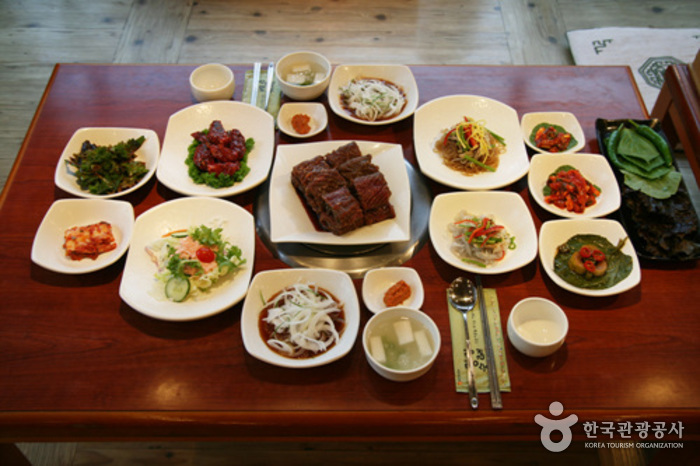
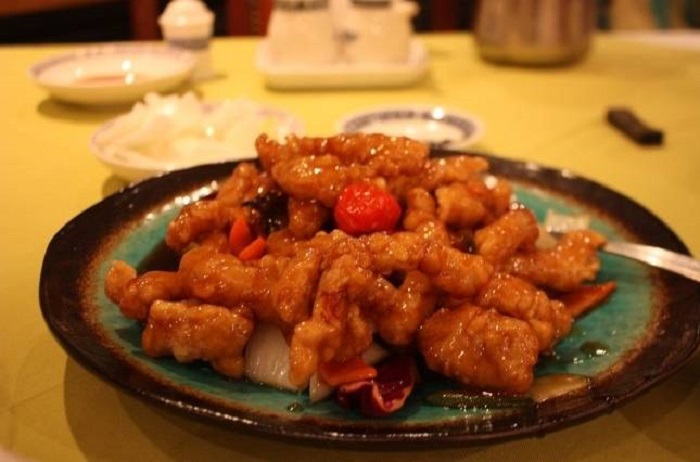

![Tombeau royal Jeongneung [Patrimoine Mondial de l'UNESCO] (서울 정릉)](http://tong.visitkorea.or.kr/cms/resource/91/2622291_image2_1.jpg)
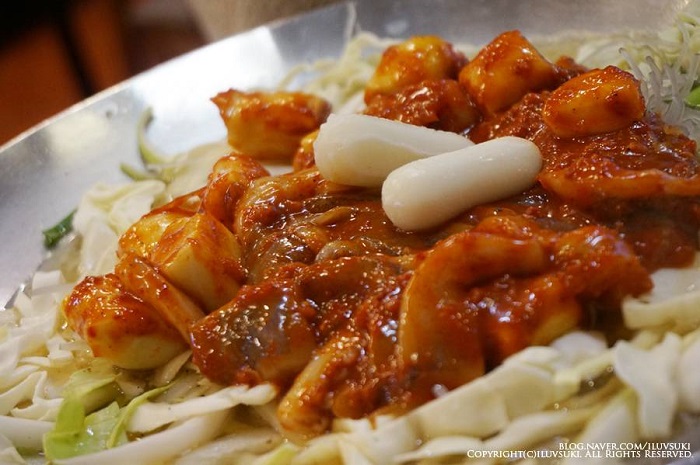
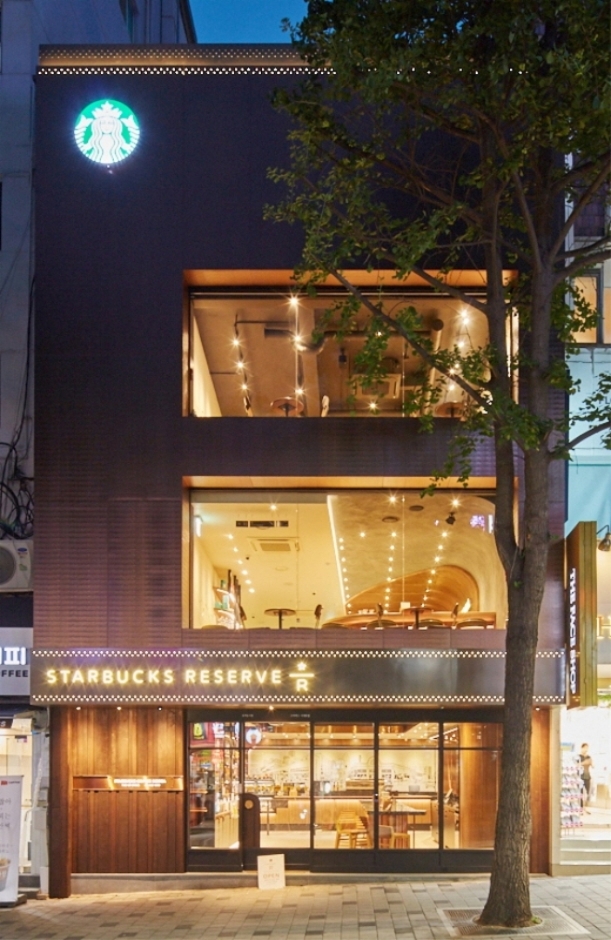
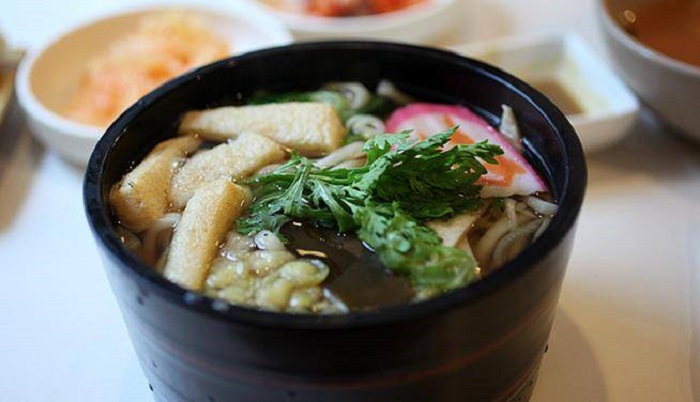
 Français
Français
 한국어
한국어 English
English 日本語
日本語 中文(简体)
中文(简体) Deutsch
Deutsch Español
Español Русский
Русский